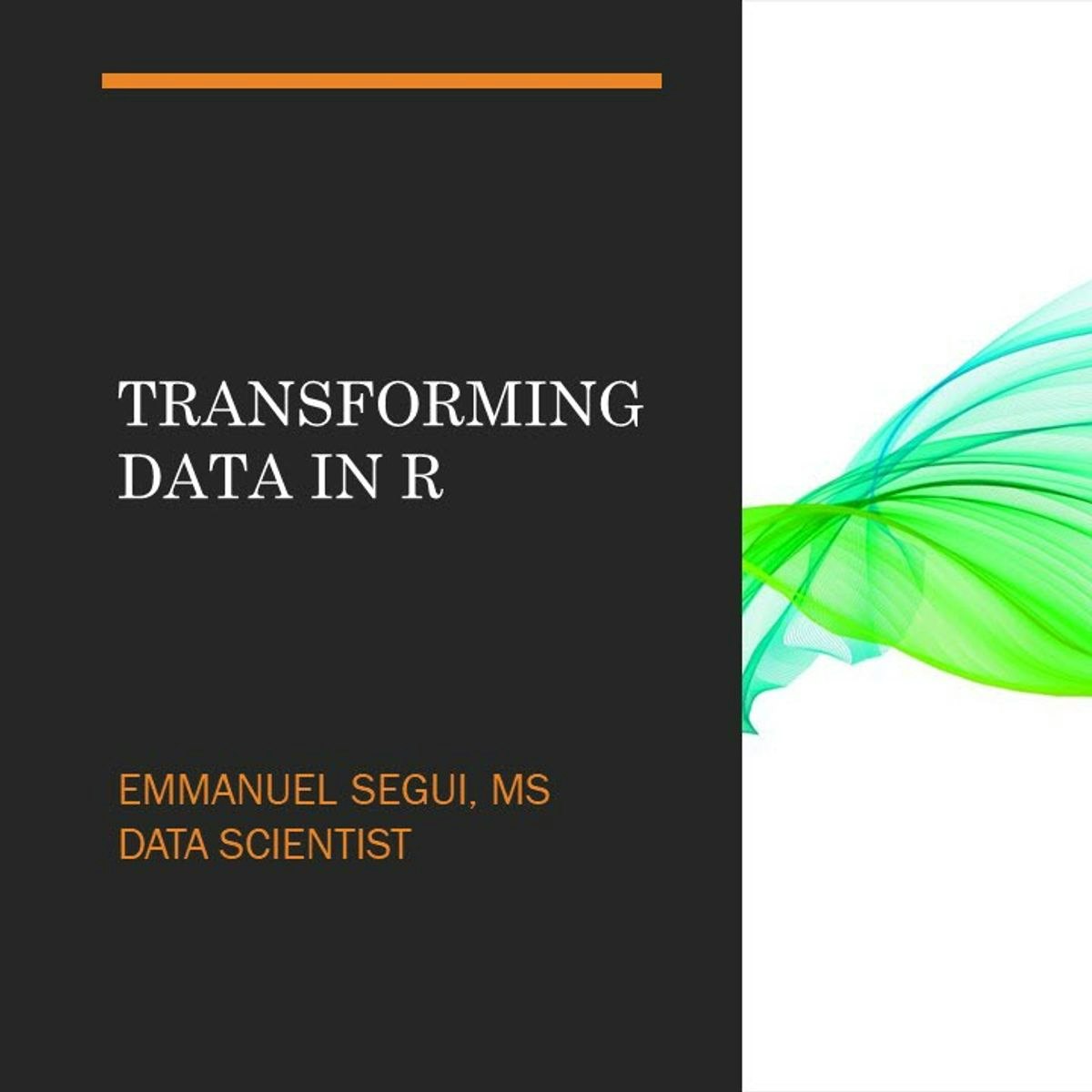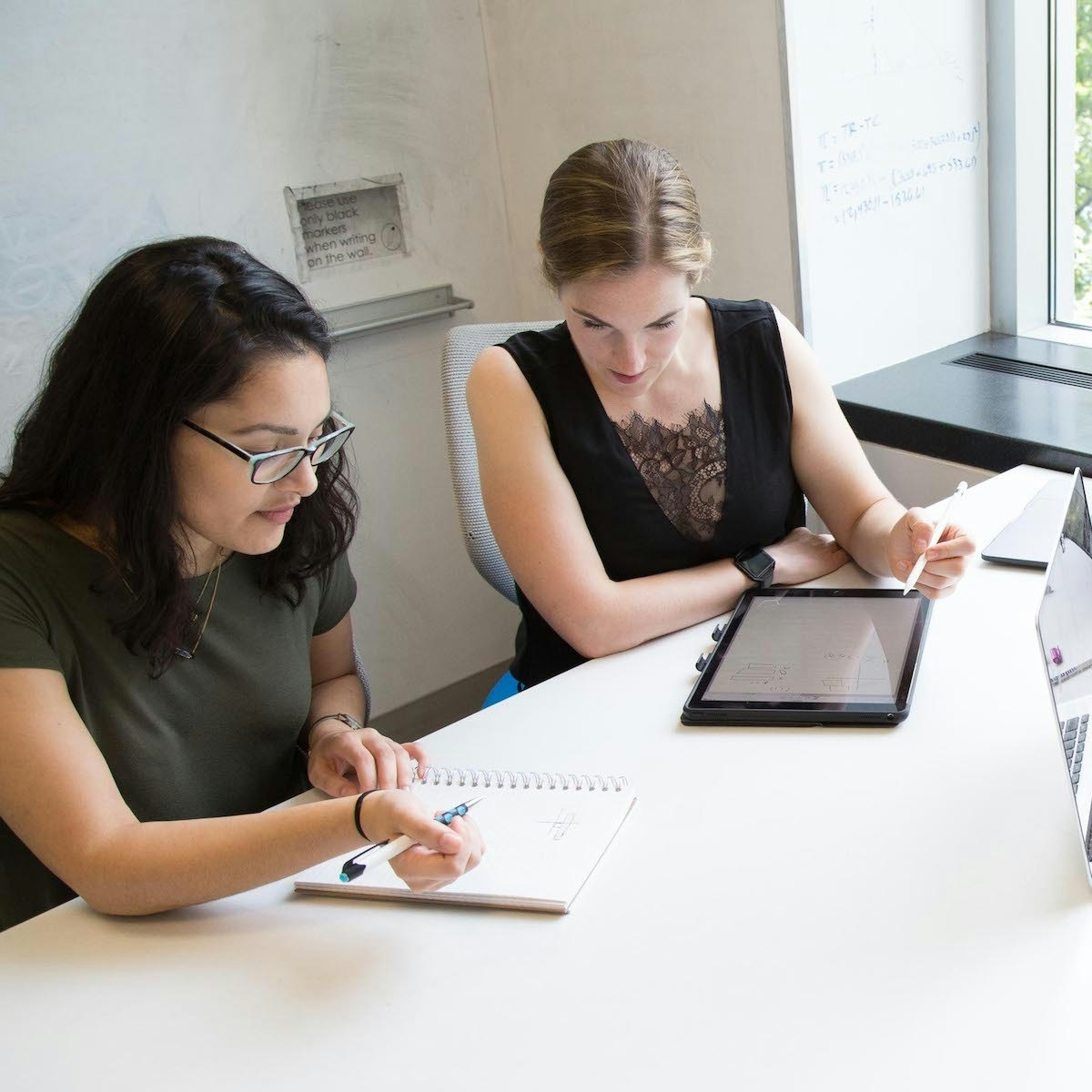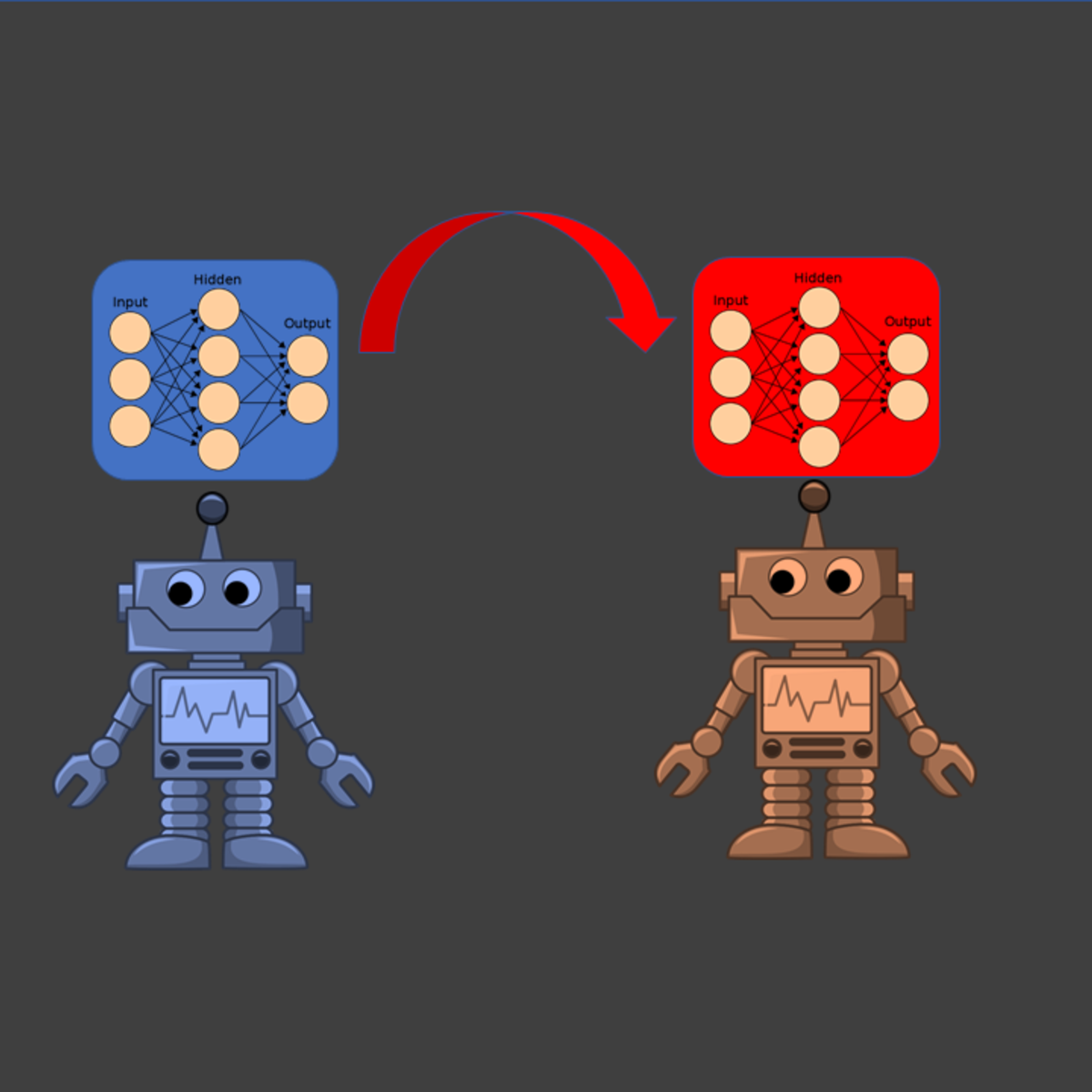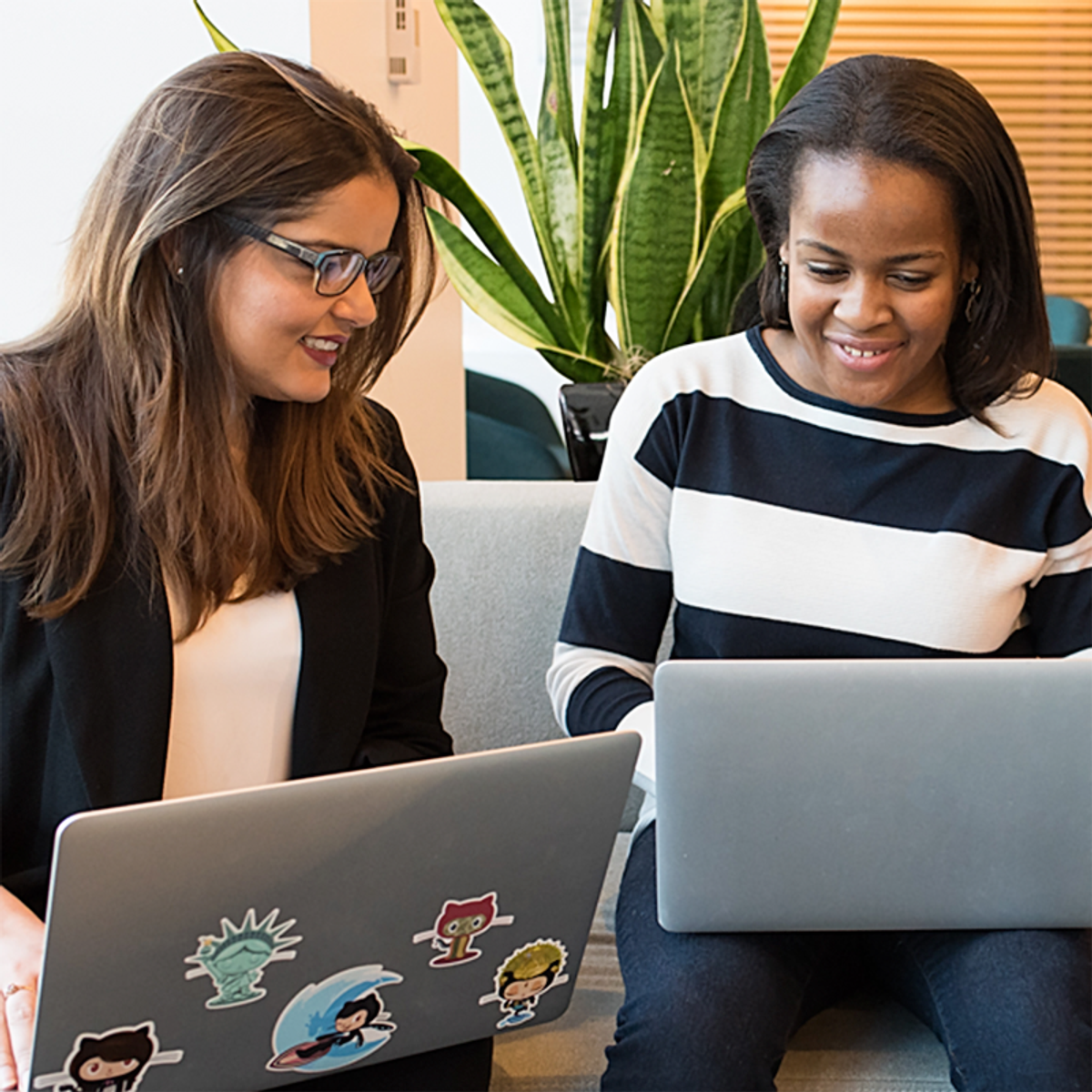Back to Courses









Software Development Courses - Page 53
Showing results 521-530 of 1266

Create a C# Application to process MongoDB Data
By the end of this project, you will create a C# application using MongoDB to access Employee data perform CRUD operations on the MongoDB database.
Many Applications use a MongoDB database on the backend, and nearly every programming language has a driver for it. Since MongoDB is a No-SQL database, it works quite well for storing C# objects. Conversely, reading MongoDB documents into C# objects is quite seamless, especially when compared to reading Relational database data into objects.
Note: This course works best for learners who are based in the North America region. We’re currently working on providing the same experience in other regions.

Learn to Teach Java: Inheritance and Recursion
Learn to program with Inheritance and Recursion in Java, and prepare to teach others using the free, online interactive CS Awesome textbook. In this course for teachers we'll guide you both in learning Java concepts and skills but also in how to effectively teach those to your students.
This course will support you in teaching the Advanced Placement Computer Science A course or a similar introductory university-level programming course. We'll cover the Java concepts of inheritance and recursion, as covered in the APCS A Units 9 and 10. Each topic will begin by relating Java to block-based programming languages and then provide video overviews of CS Awesome content along with additional materials to supplement learning for your students.
You'll engage with additional materials to support your teaching including "deep dive" classroom discussion questions, assessment overviews, code tracing and problem solving skills for your students, including preparation for free response coding questions.

Java Object Basics: Functions, Recursion, and Objects
Code and run your first Java program in minutes without installing anything!
This course is designed for learners with limited coding experience, providing a solid foundation of not just Java, but core Computer Science topics that can be transferred to other languages. The modules in this course cover functions, recursion, objects, and mutability. Completion of the prior 2 courses in this specialization are recommended.
To allow for a truly hands-on, self-paced learning experience, this course is video-free. Assignments contain short explanations with images and runnable code examples with suggested edits to explore code examples further, building a deeper understanding by doing. You'll benefit from instant feedback from a variety of assessment items along the way, gently progressing from quick understanding checks (multiple choice, fill in the blank, and un-scrambling code blocks) to small, approachable coding exercises that take minutes instead of hours.

Learn to Teach Java: Sequences, Primitive Types and Using Objects
Get started with the basics of Java, and prepare to teach others using the free, online interactive CS Awesome textbook. In this course for teachers we'll guide you both in learning Java concepts and skills but also in how to effectively teach those to your students.
This course will support you in teaching the Advanced Placement Computer Science A course or a similar introductory university-level programming course. We'll begin with simple instruction sequences, primitive types, and using objects, as covered in the APCS A Units 1 and 2. Each topic will begin by relating Java to block-based programming languages and then provide video overviews of CS Awesome content along with additional materials to supplement learning for your students.
You'll engage with additional materials to support your teaching including "deep dive" classroom discussion questions and assessment overviews and options for your students.

Fundamentals of Red Hat Enterprise Linux
This course will provide you with a basic introduction to Linux® skills using Red Hat® Enterprise Linux 8. It will show you how a Linux system is organized, and will demonstrate introductory system administration tasks, which you will be able to practice on your own.
You will be introduced to reasons why Linux and the open source development model are so important in today's computing environment. Linux systems are used everywhere—the internet, point-of-sale systems, and the world's stock markets. You’ll find Linux running smart TVs, in-flight entertainment systems, and most of the top supercomputers in the world.
There are many reasons why it is valuable for you to learn Linux. If you are looking for new opportunities in IT, Linux skills are in high demand. For example, if you are developing applications, it's likely your application or its runtime is hosted on Linux. If you're working in the cloud, your cloud instances may be based on Linux, and your private or public cloud environment is also probably based on Linux. If you're working with mobile applications or the Internet of Things, it is also likely that the operating system of your device is based on Linux. And, if you use Windows, you'll need to interoperate with Linux.
After completing this course, you will have a solid introduction to working with Linux from the command line, using Red Hat Enterprise Linux 8 as a model. In applying these skills, you will be able to perform fundamental operational tasks, whether your Linux machine is on your desk or on a remote system across the Internet.

Explore Variables and Data Types in VB.NET
By the end of this project, you will have used Visual Studio to explore the use of variables and data types in a VB.NET desktop application. You will write VB.NET code to create and populate variables using a variety of data types. Because most programs process data, working with variables and data types are fundamental skills required in application development.
Note: This course works best for learners who are based in the North America region. We’re currently working on providing the same experience in other regions.

Transforming Data in R
In this 1-hour long project-based course, you will learn how to pivot data into wide and long format, split and combine cells and columns, handling missing values, select groups of observations and variables, and join data from different tables.
Note: This course works best for learners who are based in the North America region. We’re currently working on providing the same experience in other regions.

Programming Fundamentals
Programming is an increasingly important skill, whether you aspire to a career in software development, or in other fields. This course is the first in the specialization Introduction to Programming in C, but its lessons extend to any language you might want to learn. This is because programming is fundamentally about figuring out how to solve a class of problems and writing the algorithm, a clear set of steps to solve any problem in its class. This course will introduce you to a powerful problem-solving process—the Seven Steps—which you can use to solve any programming problem. In this course, you will learn how to develop an algorithm, then progress to reading code and understanding how programming concepts relate to algorithms.

Transfer Learning for Food Classification
In this hands-on project, we will train a deep learning model to predict the type of food and then fine tune the model to improve its performance. This project could be practically applied in food industry to detect the type and quality of food. In this 2-hours long project-based course, you will be able to:
- Understand the theory and intuition behind Convolutional Neural Networks (CNNs).
- Understand the theory and intuition behind transfer learning.
- Import Key libraries, dataset and visualize images.
- Perform data augmentation.
- Build a Deep Learning Model using Pre-Trained InceptionResnetV2.
- Compile and fit Deep Learning model to training data.
- Assess the performance of trained CNN and ensure its generalization using various KPIs.

C Programming: Advanced Data Types - 5
In this course you will define your own data types in C, and use the newly created types to more efficiently store and process your data.
Many programming languages provide a number of built-in data types to store things such as integers, decimals, and characters in variables, but what if you wanted to store more complex data?
Defining your own data types in C allows you to more efficiently store and process data such as a customer's name, age and other relevant data, all in one single variable! You will also gain experience with programming concepts that are foundational to any programming language.
Why learn C and not another programming language? Did you know that smartphones, your car’s navigation system, robots, drones, trains, and almost all electronic devices have some C-code running under the hood? C is used in any circumstance where speed and flexibility are important, such as in embedded systems or high-performance computing.
At the end of this short course, you will reach the fifth milestone of the C Programming with Linux Specialization, unlocking the door to a career in computer engineering.
Your job Outlook:
- Programmers, developers, engineers, managers, and related industries within scientific computing and data science;
- Embedded systems such as transportation, utility networks, and aerospace;
- Robotics industry and manufacturing;
- IoT (Internet of Things) used in smart homes, automation, and wearables.
- IEEE, the world’s largest technical professional organization for the advancement of technology, ranks C as third of the top programming languages of 2021 in demand by employers. (Source: IEEE Spectrum)
This course has received financial support from the Patrick & Lina Drahi Foundation.
Popular Internships and Jobs by Categories
Browse
© 2024 BoostGrad | All rights reserved


